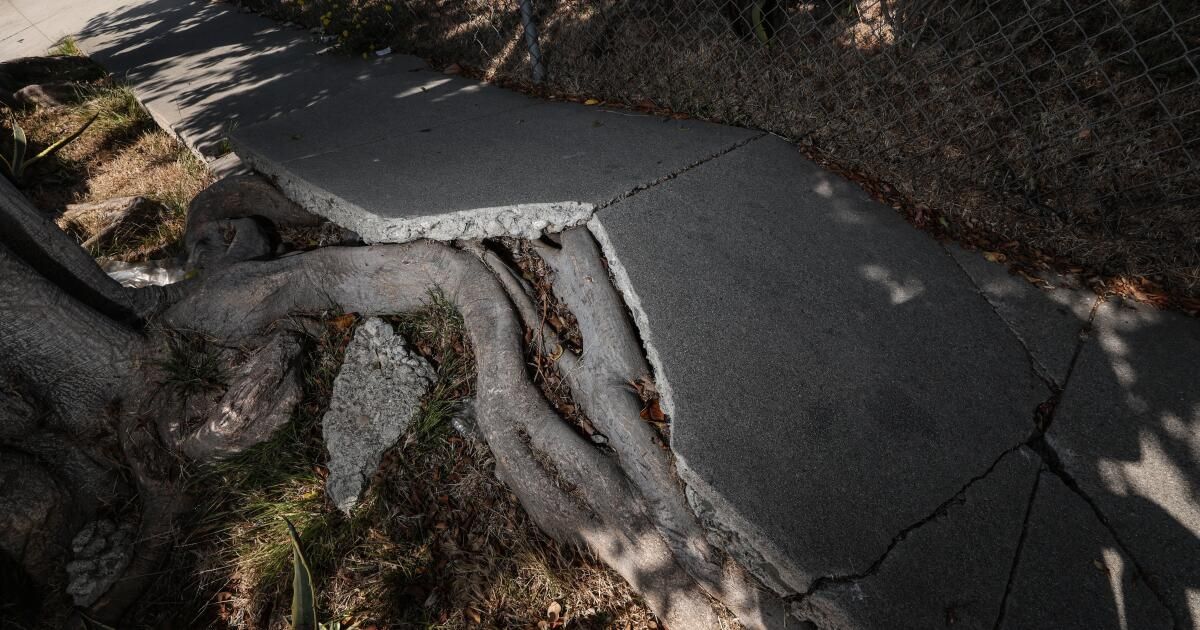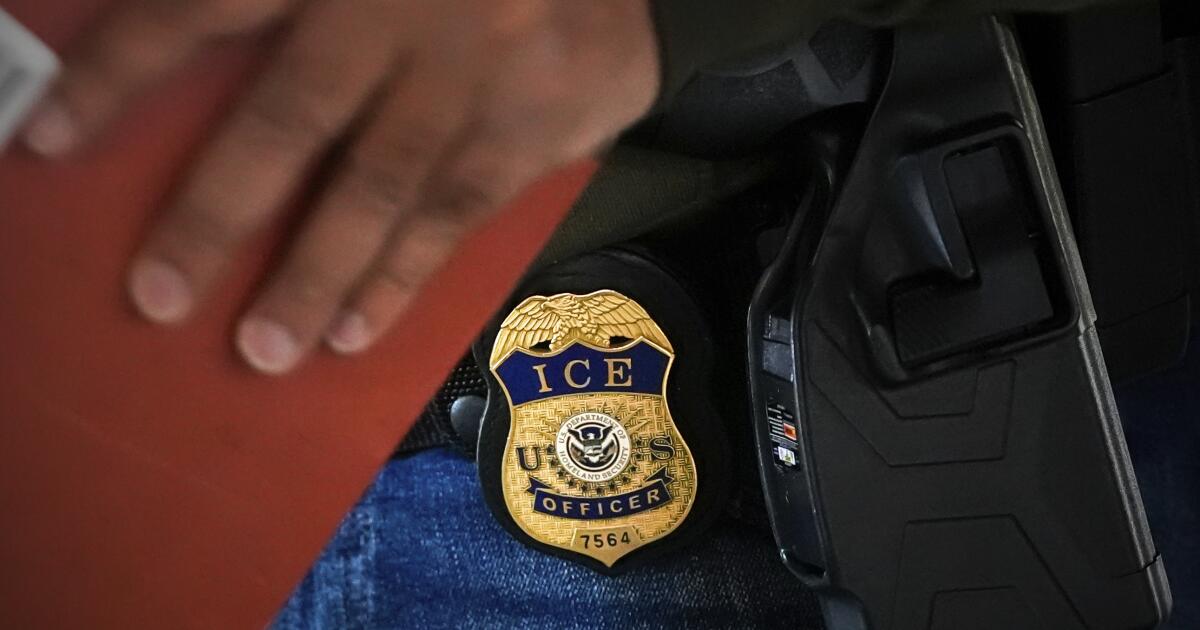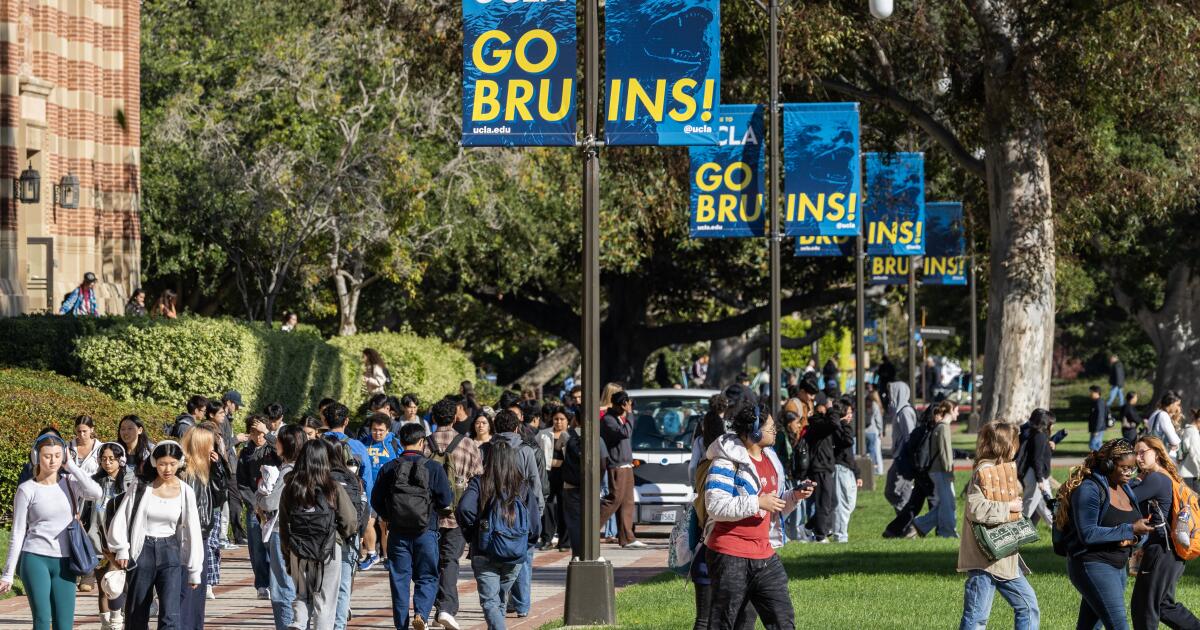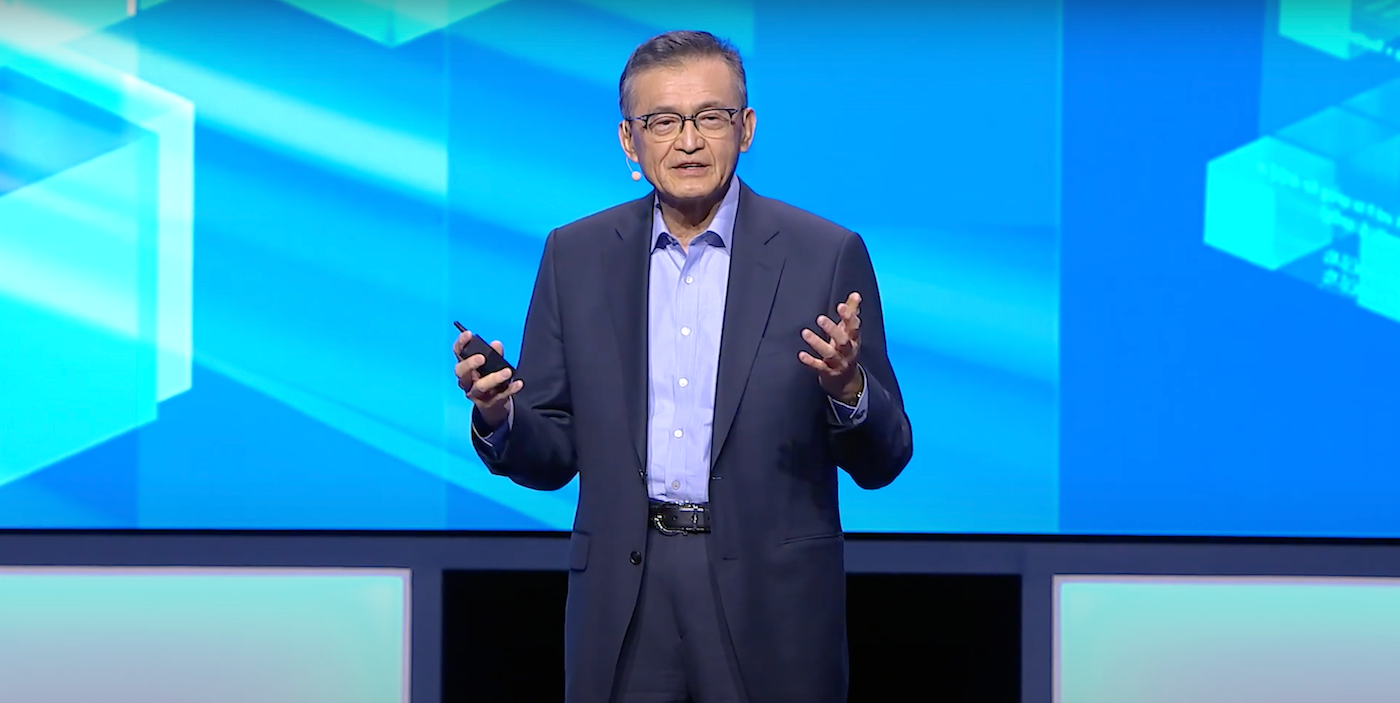Los Angeles's deteriorating sidewalks are like an obstacle course, especially for people with disabilities. They are so bad that they could challenge Olympians competing in the Olympics in four years.
In 2016, to settle a lawsuit under the Americans with Disabilities Act, Los Angeles is committed spend $1.4 billion over 30 years to make its sidewalks accessible. But a 2021 audit by the City of Chicago found Los Angeles Comptroller's Office He revealed that since 2016, the city had repaired less than 1% of sidewalks. During that period, the city paid out more than $35 million in settlements related to sidewalk injuries.
Under California law, property owners are responsible for maintaining adjacent sidewalks. However, Los Angeles has agreed to use general fund revenue (from taxpayers) to repair sidewalks. Why does the city distribute the burden of sidewalk maintenance among all residents, including the 63% of Los Angeles households that live on the same street? They rent instead of buying their homesAnd how can we speed up the repair process?
Forcing property owners to repair damaged sidewalks that Los Angeles has ignored for decades would cost too much for many cash-strapped Angelenos. Fortunately, there is a fair and efficient way to solve property owners' cash flow problems: pay as you leave the property.
Under the pay-as-you-go system, homeowners can defer paying for sidewalk repairs until they sell their property. Everyone can pay some or all of the cost before the sale, but any remaining debt, plus interest, will be due at the time of sale when the homeowner has enough cash (according to Redfin, as of July 2024, the Median sales price of single-family homes in Los Angeles was $1.1 million).
The pay-as-you-go model is not new. For example, California allows low-income seniors to defer payment Property taxes until they sell their home or die, with an annual interest rate of 5% on the deferred amount.
Banks, not the city, would lend money to property owners and earn interest on the loans. Property owners would pay for the repairs, and banks would allow them to defer payments until the properties were sold. Banks can finance sidewalk repair loans as if they were second mortgages that are repaid, with interest, in the escrow process at the time of the sale.
The only costs LA would have to bear would be to inspect sidewalks, cite broken ones, and oversee necessary repairs to ensure compliance with city requirements, though it could also subsidize deferred sidewalk debts for low-income homeowners. Banks could proudly tout the repair loans as their contribution to bringing L.A.’s sidewalks up to ADA standards before the 2028 Olympics (with gold medals for all involved).
If funding is available, the city could solicit bids for sidewalk repairs from the many contractors in Southern California. Working simultaneously, they should be able to complete the task well before the Olympics. The repairs would make the sidewalks accessible, prevent countless injuries, boost the economy, and save the city millions of dollars each year in paying to settle injury lawsuits.
Even homeowners with a broken sidewalk would get a good deal. In exchange for repairing a broken patch of sidewalk, homeowners can expect better sidewalks all around.
Additionally, homeowners would benefit from increased curb appeal. If potential buyers come across a broken sidewalk in front of a home for sale, they might decide to look elsewhere. To further improve curb appeal, Los Angeles could plant shade trees on sidewalks that would nestle alongside repaired sidewalks — but only those that would not damage the sidewalk.
Property ownership comes with responsibilities and rights. Using pay-as-you-go financing to fix broken sidewalks can put into practice Johann Wolfgang von Goethe’s adage: “Let everyone sweep in front of his own door and the whole world will be clean.”
Expensive houses with broken sidewalks are a clear example of private opulence and public misery. A pay-as-you-go program is the fairest and most practical way out of this dilemma. Only the owners with damaged sidewalks would pay anything, they could do so with the money from the sale, and everyone would live in a better city.
Accessible sidewalks and a more walkable city in Los Angeles would be a splendid legacy of the 2028 Olympics. Beyond that astonishing achievement, the city could support pay-at-the-end financing as a promising way to fund local public investments around the world. Why not start now?
Donald Shoup is a Distinguished Research Professor of Urban Planning at UCLA.












